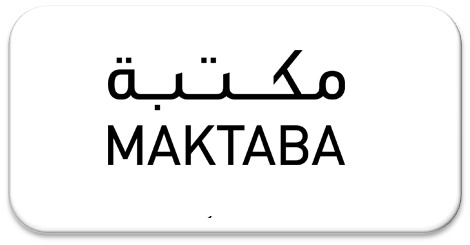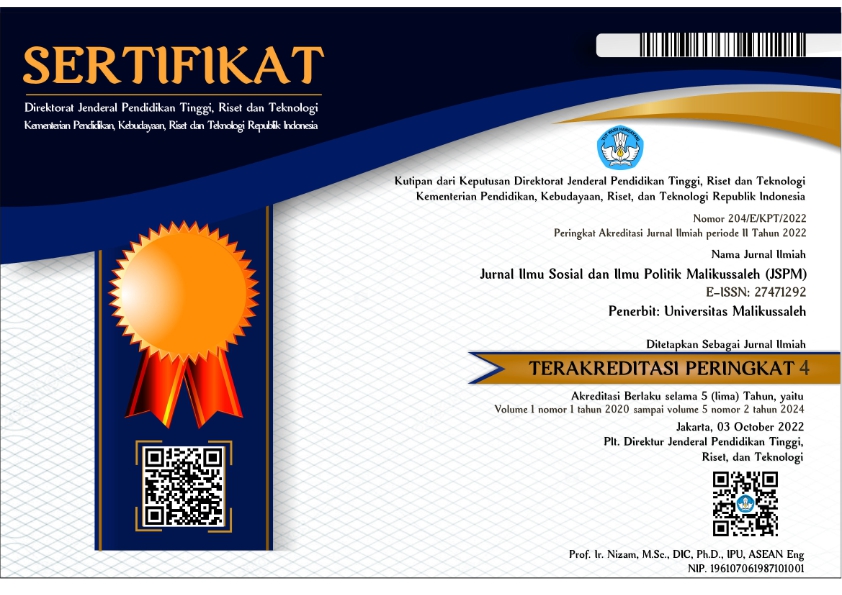PEMANFAATAN MEDIA SOSIAL TWITTER SEBAGAI RUANG BERCERITA BAGI KORBAN PELECEHAN SEKSUAL
Abstract
The cases of sexual harassment increases every year and often happen to women. In 2017, there are 2,657 cases of violence against women in public spaces were recorded, including 911 cases of sexual abuse, 704 cases of sexual harassment, 699 cases of rape and 343 cases of sexual intercourse. According to gender experts, frequent sexual harassment has been seen as a form of male authority or domination over women. It has been proven that sexual harassment can occur anywhere, both in public places and on social media. Rapid technological developments can make it easier for women to use social media as a space to share experiences and spread education about sexual harassment to other users. Social media that gives women enough freedom to express themselves is Twitter. Victims who have experienced sexual harassment have the courage to share their stories and even distribute evidence of the harassment that occurred, through photos, videos, screenshots of conversations, or other concrete evidence. Therefore, this research will look at and analyze how women use the social media Twitter as a safe place to share their experiences as victims of sexual harassment through the uses and gratifications theory. The use of social media in telling stories about experiences of sexual harassment is determined by social norms that limit or support women from speaking out.
Keywords
Full Text:
PDFReferences
Abdillah, L. A. (2022). Peranan Media Sosial Modern. Palembang: Bening Media Publishing.
Aisya Nur Aziza, Sunarto, H. P. S. (2022). Perlawanan Perempuan Terhadap Kekerasan di Dunia Maya (Sebuah Studi Fenomenologi Kritis Terhadap Pengguna Media Sosial). Interaksi Online, 10(4), 63–65. https://doi.org/10.15900/j.cnki.zylf1995.2018.02.001
Burlian, P. (2016). Patologi Sosial. Jakarta: BUMI AKSARA.
Burn, S. M. (2019). The Psychology of Sexual Harassment. Teaching of Psychology, 46(1), 96–103. https://doi.org/10.1177/0098628318816183
Dewi, I. A. A. (2019). Catcalling : Candaan, Pujian atau Pelecehan Seksual. Acta Comitas : Jurnal Hukum Kenotariatan, 4(2), 1482–1501. https://doi.org/10.1093/bjc/azw093
Heggen, C. H. (2008). Pelecehan Seksual Dalam Keluarga Kristen Dan Gereja. Jakarta: BPK Gunung Mulia.
Jovan, K., Sanjaya, M., & Wirasila, A. A. N. (2021). Tindak Pidana Pelecehan Seksual Dalam Media Sosial. Jurnal Kertha Desa, 9(11), 92–101. Retrieved from http://jurnal.unpad.ac.id/sosioglobal/article/view/17200
Karunia H, H., Ashri, N., & Irwansyah, I. (2021). Fenomena Penggunaan Media Sosial : Studi Pada Teori Uses and Gratification. Jurnal Teknologi Dan Sistem Informasi Bisnis, 3(1), 92–104. https://doi.org/10.47233/jteksis.v3i1.187
Liedfray, T., Waani, F. J., & Lasut, J. J. (2022). Peran Media Sosial Dalam Mempererat Interaksi Antar Keluarga Di Desa Esandom Kecamatan Tombatu Timur Kabupaten Tombatu Timur Kabupaten Minasa Tenggara. Jurnal Ilmiah Society, 2(1), 2.
Marundha. (2022). Twitter Sebagai Media Speak Up Perempuan Dalam Kasus Pelecehan Seksual. INTERAKSI PERADABAN: Jurnal Komunikasi Dan Penyiaran Islam, 2(1).
Marzuki, Suparman, Eko Prasetyo, dan A. E. M. (1995). Pelecehan Seksual (Pergumulan Antara Tradisi Hukum dan Kekuasaan).
Nursyifa, S., Hannah, N., Kunci, K., Seksual, K., & Tubuh Perempuan, O. (2022). Objektifikasi Tubuh Perempuan Sebagai Akar Kekerasan Seksual (Studi Pemikiran Michel Foucault). JAQFI: Jurnal Aqidah Dan Filsafat Islam, 7(2), p-issn.
Pambudi, Y. dan N. P. P. W. (2021). Moderasi Norma Sosial dan Keterlibatan Personal terhadap Perilaku Peduli Lingkungan, 11(2), 83–99.
Pratiwi, A. M. (2021). Mengupayakan Keadilan Bagi Korban Kekerasan Seksual Melalui Aktivisme Tagar: Kesempatan dan Kerentanan di Indonesia. Jurnal Perempuan, 26(3), 207–218. https://doi.org/10.34309/jp.v26i3.617
Rahmawati, F. N., Susanti, E., & Saptandari, P. (2021). Resistensi Perempuan Tandhak Madura: Berjuang dari Dalam. Jurnal Komunikasi, 15(1), 17–28. https://doi.org/10.21107/ilkom.v15i1.10046
Rezeki, S. R. I., Restiviani, Y., & Zahara, R. (2020). Penggunaan sosial media twitter dalam komunikasi organisasi (studi kasus pemerintah provinsi dki jakarta dalam penanganan covid-19). Journal of Islamic and Law Studies, 04(02), 63–78. Retrieved from http://jurnal.uin-antasari.ac.id/index.php/jils/
Rhein Rahmahsya Reshany, & Santi Indra Astuti. (2023). Media Sosial Twitter sebagai Sarana Mendiskusikan Kasus Kekerasan Seksual. Bandung Conference Series: Journalism, 3(1), 34–43. https://doi.org/10.29313/bcsj.v3i1.6224
Sunarto. (2009). Televisi, kekerasan, dan perempuan. Jakarta: PT. Kompas Media Nusantara.
Suprihatin, S., & Azis, A. M. (2020). Pelecehan Seksual Pada Jurnalis Perempuan di Indonesia. PALASTREN Jurnal Studi Gender, 13(2), 413. https://doi.org/10.21043/palastren.v13i2.8709
Yuliningsih, T., & Prihatiningsih, A. (2022). Efektivitas Twitter Sebagai Media Speak Up Korban Kekerasan Berbasis Gender. COMSERVA : Jurnal Penelitian Dan Pengabdian Masyarakat, 2(7), 1076–1083. https://doi.org/10.59141/comserva.v2i7.456
DOI: https://doi.org/10.29103/jspm.v5i2.14863
 Article Metrics
Article Metrics
 Abstract Views : 255 times
Abstract Views : 255 times
Refbacks
- There are currently no refbacks.
Copyright (c) 2024 Rasheesa Dwianatha Putri Rinaldi

This work is licensed under a Creative Commons Attribution-ShareAlike 4.0 International License.
INDEXED BY:




.png)









Redaksi Jurnal Ilmu Sosial dan Ilmu Politik Malikussaleh (JSPM): Gedung Fakultas Ilmu Sosial dan Ilmu Politik Universitas Malikussaleh. Kampus Bukit Indah Jln. Sumatera No.8, Kec. Muara Satu Kota Lhokseumawe, Prov. Aceh, Indonesia. eMail: jspm@unimal.ac.id

This work is licensed under a Creative Commons Attribution-NonCommercial-ShareAlike 4.0 International License



.png)



